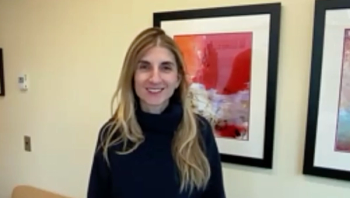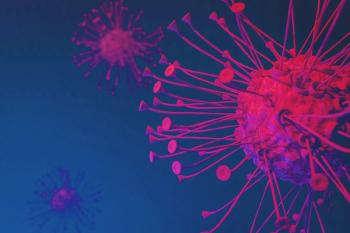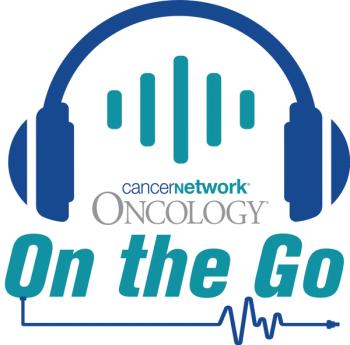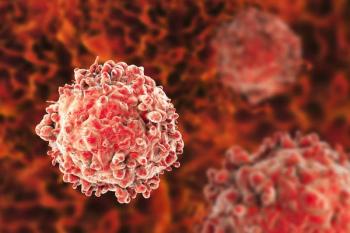
HLA Mismatch URD Transplant Offers Alternative to GVHD Population

Findings from a study highlight that 7/8 mismatched unrelated donor posttransplant cyclophosphamide may be a suitable alternative treatment option for those with graft-vs-host disease.
Using HLA mismatched unrelated donor transplants for patients with graft-vs-host disease (GVHD) may increase the probability of finding a donor for patients with ethnically diverse backgrounds, Jeffery Auletta, MD, said.
In an interview with CancerNetwork® at the
Findings that Auletta and co-authors presented at the meeting highlighted no significant differences in GVHD-free, relapse-free survival between patients who received 8/8 and 7/8 mismatched unrelated donor posttransplant cyclophosphamide. Investigators concluded that although 8/8 unrelated donor treatment may be the best option, if available, for those who lack a matched sibling donor, the use of 7/8 unrelated donor therapy may be a suitable alternative.
Transcript:
Typically, for allogeneic stem cell transplant, when we’re using someone else’s stem cells, we need to match proteins on the cells of the donor and the recipient. Historically, we’ve been using the best match for that, which is called a matched unrelated donor. Now, there have been new alternative donor transplant platforms that enable us to use more mismatched unrelated donors, which means using disparity in terms of the HLA typing between donor and recipient. This is crucial because when we typically look at the ability to find a matched unrelated donor for a patient who has an ethnically diverse background, we’re limited based upon the genetic profile of the registry. What that means is the likelihood of finding an 8/8 matched unrelated donor varies from 80% in non-Hispanic White patients to 29% in Black or African American patients. Therefore, the more ethnically diverse patients don’t have the ability to receive a matched unrelated donor transplant. However, by using the mismatched unrelated donor transplant, we can increase the likelihood of finding a donor to nearly 100% by using a less matched mismatched unrelated donor.
Reference
Auletta JJ, Al Malki MM, DeFor TE, et al. Post-transplant cyclophosphamide eliminates disparity in GvHD-free, relapse-free survival and overall survival between 8/8 matched and 7/8 mismatched unrelated donor hematopoietic cell transplantation in adults with acute leukemia or MDS. Transplantation and Cellular Therapy. 2024;30(2):S24-S25. doi:10.1016/j.jtct.2023.12.066
Newsletter
Stay up to date on recent advances in the multidisciplinary approach to cancer.
































































































